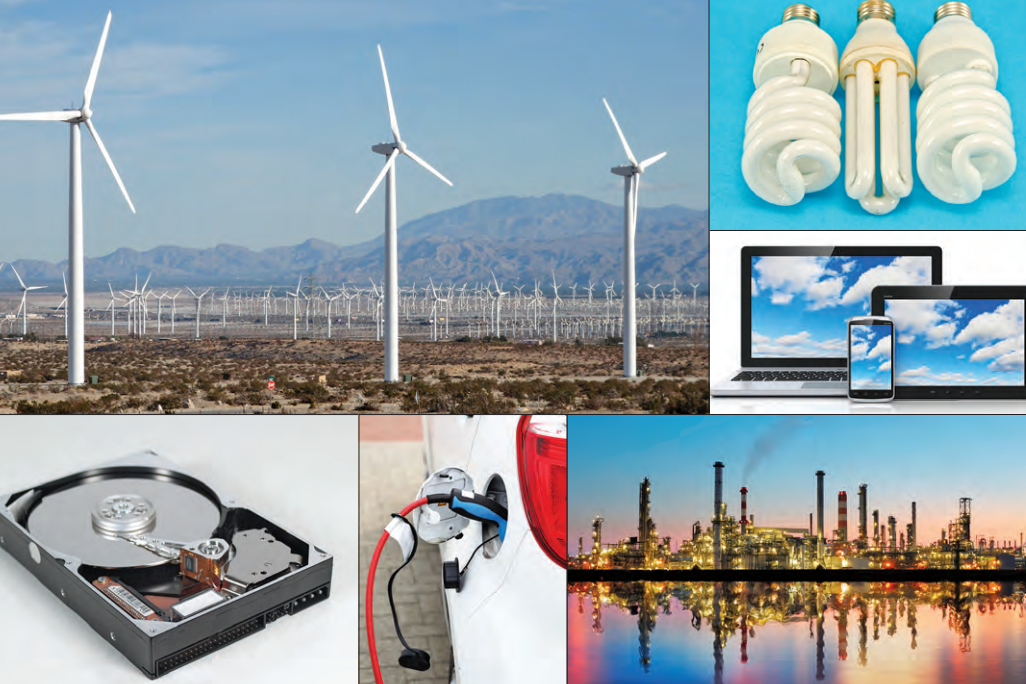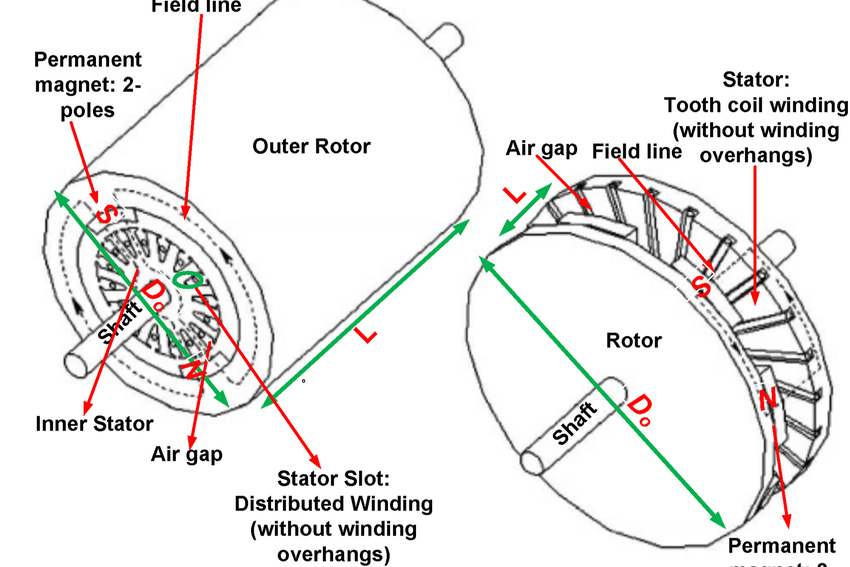Why Do We Need to Think of Renewable Energy?
People in the present world are looking to cater to their energy requirements using renewable energy sources. It is affordable, clean, effectively infinite, and domestic. Green energy does not produce any emissions like in fossil fuel burning and everyone will get the opportunity to experience clean water and air as a result of that. In addition, some parts of the world stimulate local economies from the profit that they get from green energy production.

The United States is gifted with some of the best wind resources in the world. Scientists have predicted that this amount is enough to cater to 10 times the existing power needs of the country. Wind energy is also recognized as one of the most cost-effective energy generation sources. The cost associated with implementing a wind farm is low when compared to new installations of gas, coal, and nuclear power. The low cost of materials such as neodymium that are used in the production of wind turbines has played a major role in the above-mentioned fact. This has even given life to over 400 wind power manufacturing plants within the country. Having mentioned the importance of wind power, it is also important to consider the wind power manufacturing process as well. Energy is made out of the wind with the help of wind turbines. Usually, these turbines are located about 200 feet above the ground level. These turbines are used to harness the wind and convert it into energy. When the wind blows, the blades in the turbine are rotated. These blades are connected to a drive shaft that is connected to a generator at the other end. This magnet generator is responsible for the energy generation process. Electricity is generated in the form of alternating current and it can be connected to the national grid without any problem. During the year 2019, around 2% of the energy requirements in the United States were achieved using wind power. It was able to provide energy for more than 8.7 million homes. When it comes to Australia, wind power was responsible for catering to about 15% of the needs because of carbon taxes and other restrictions. These percentages are expected to rise within the near future as a rise in demand.















